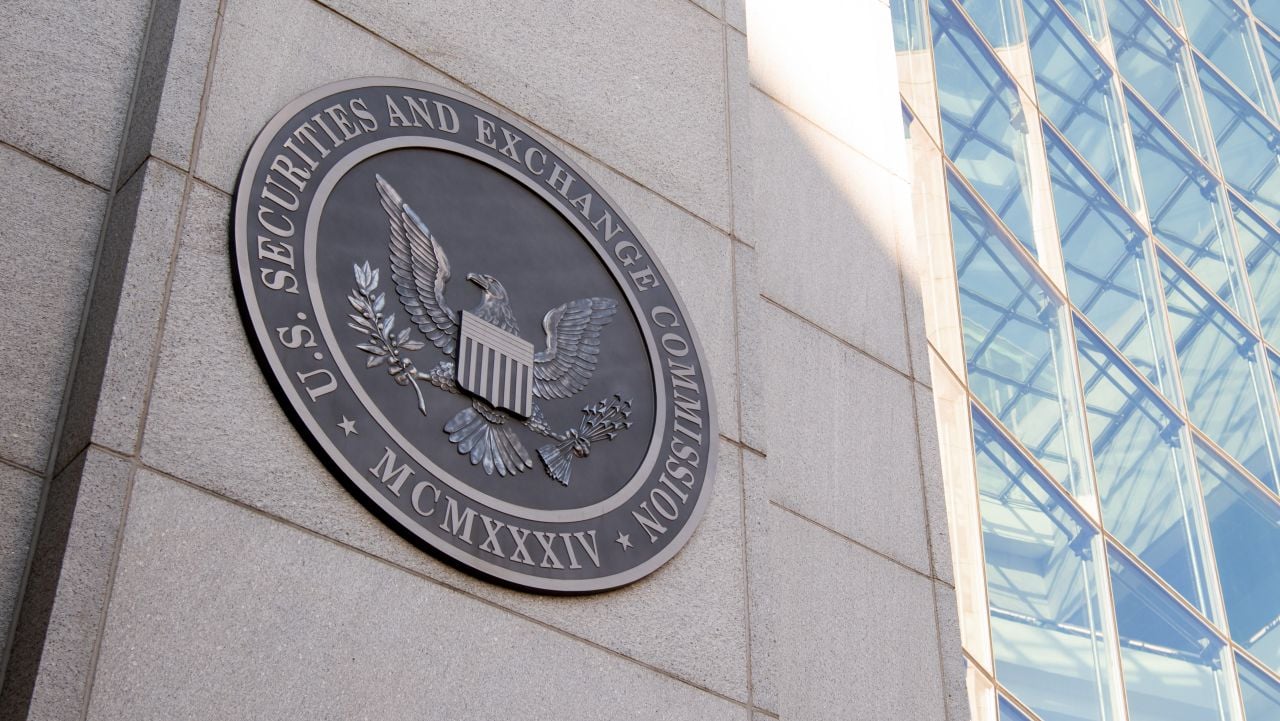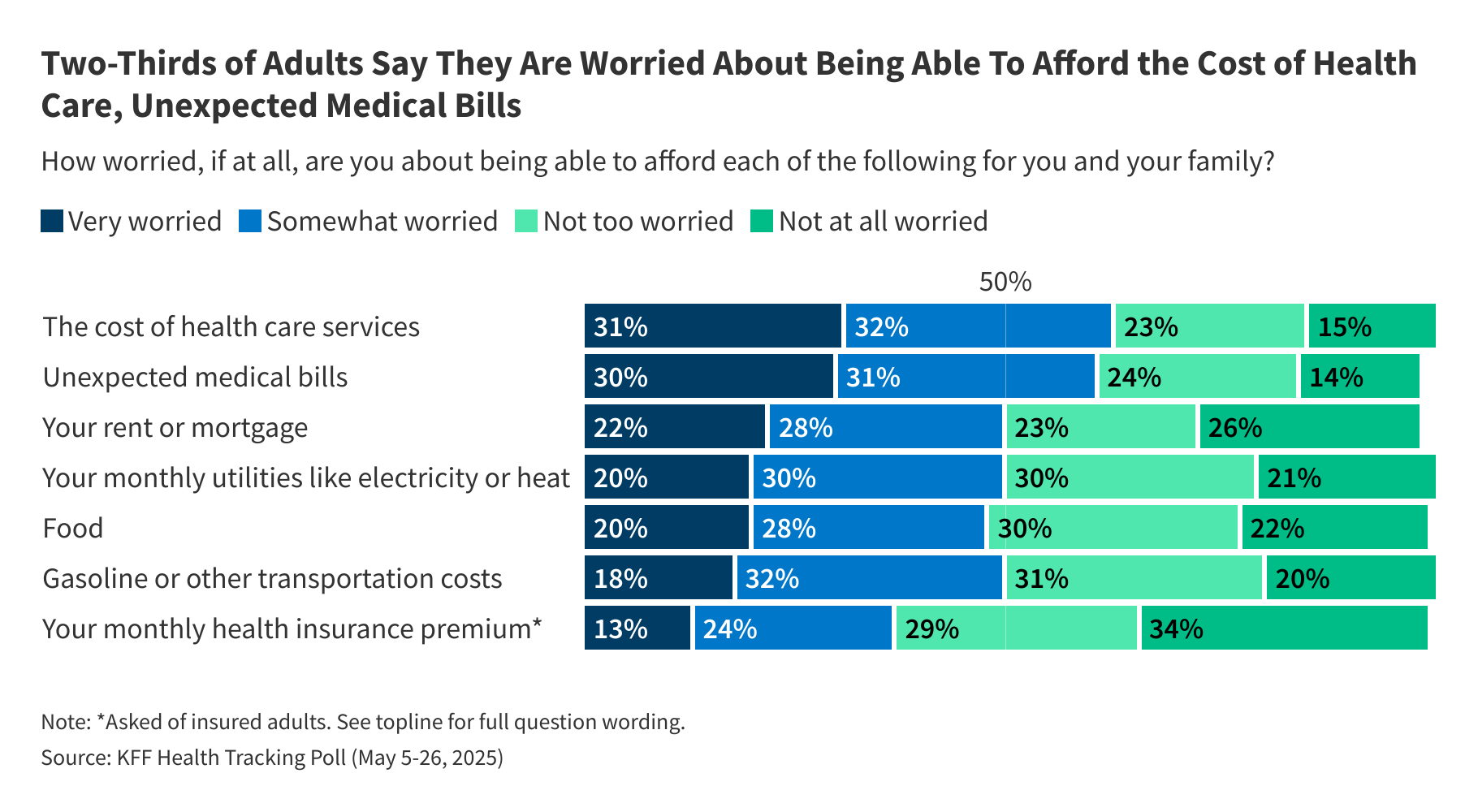The Trump administration has taken another step to centralize the executive branch with a new order that “reins in independent agencies.”
According to a fact sheet on the Tuesday executive order, all executive agencies must submit any draft regulations to the White House for review—with the only listed exception being “monetary policy functions of the Federal Reserve,” which sets federal fund interest rates.
Additionally, the agencies “consult” on priorities and strategic plans with the White House, which will also set their performance standards.
“The Office of Management and Budget will adjust so-called independent agencies’ apportionments to ensure tax dollars are spent wisely,” according to the fact sheet. Agencies’ interpretations of law will also be dictated by the president and the attorney general “instead of having separate agencies adopt conflicting interpretations.”
Independent agencies fall under the executive branch, but have statutory regulatory and rulemaking authorities that typically shield them from full presidential control. In many cases this is related to the agency’s head or membership body serving appointment terms beyond a single administration, with limited avenues for dismissal.
The White House’s fact sheet specifically outlines the Federal Trade Commission (FTC), Federal Communications Commission (FCC), and Securities and Exchange Commission (SEC), which it said “have exercised enormous power over the American people without Presidential oversight.”
Other examples of independent agencies include the National Labor Relations Board, Postal Service, the Office of Personnel Management, the Peace Corps, the Federal Deposit Insurance Corporation, the Central Intelligence Agency and the Federal Election Commission.
“These agencies issue rules and regulations that cost billions of dollars and implicate some of the most controversial policy matters, and they do so without the review of the democratically elected President,” the fact sheet reads.
The executive order is in line with other actions and commentary from the Trump White House that assert the president has broader authority than previous administrations have wielded. This includes the removal of government watchdogs and other agency officials from posts that statute mandates require a 30-day notification and rationale to be presented to Congress, or the widespread firing of government employees without undergoing the reduction-in-force protocol.
“The United States was founded on the principle that the government should be accountable to the people,” the administration wrote in its fact sheet. “That is why the Founders created a single President who is alone vested with ‘the executive Power’ and responsibility to ‘take Care that the Laws be faithfully executed.’”
Alongside citing the support of voting citizens, President Donald Trump and his Department of Justice have backstopped that position with last year’s 6-3 Supreme Court decision on presidential immunity that expanded executive authority.
Similar to prior executive orders, the independent agency action is likely to face prompt legal challenges with opponents arguing that the administration is overstepping its bounds in violation of the Constitution.
Accompanying the action are two other executive orders outlining broader access and affordability for in vitro fertilization services and increased transparency into “wasteful spending.” The latter requires all departments and agencies to disclose information on cut programs, contracts or grants “to the fullest extent allowed by law,” and would apply to the various federal funds being reviewed and paused by the Department of Government Efficiency (DOGE).
Publisher: Source link









